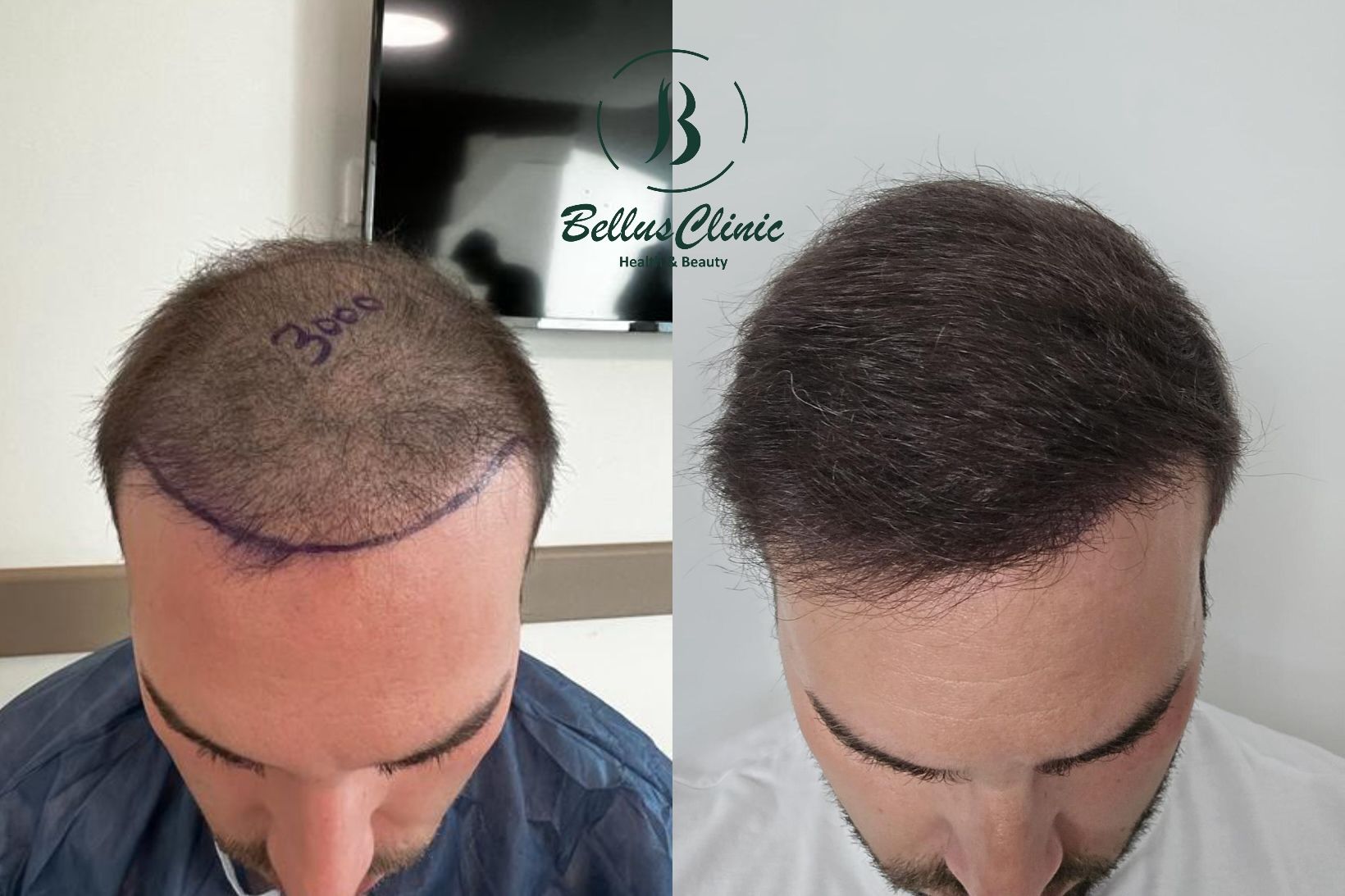Hair Cloning: The Future of Hair Restoration?
Introduction to Hair Cloning
Hair loss affects millions worldwide, impacting self-esteem and confidence. While traditional hair transplants (FUE, DHI, FUT) offer effective solutions, they rely on limited donor hair availability.
Hair cloning (or hair multiplication) is an experimental technique that involves:
1. Extracting healthy hair follicle cells (typically dermal papilla cells) from a donor area.
2. Multiplying these cells in a lab under controlled conditions.
3. Reimplanting them into balding areas.

Hair Cloning VS Hair Transplant
| Features | Hair Cloning | Hair Transplant |
| Creates New Follicles? | ✅ Yes | ❌ No |
| Requires Donor Hair? | ❌ No (requires just 1 follicle) | ✅ Yes |
| Restores Natural Density for Large baldness? | ✅ Yes | ❌ No (donor material is limited) |
| FDA - approved? | ❌ Still in trials | ✅ Yes |
Current Developments in Hair Cloning ( 2025 Update )
Researchers and biotech companies around the world are actively working on perfecting hair cloning technology.
- Stemson Therapeutics: Successfully grew human hair follicles in mice, with human trials expected by 2026 .
- HairClone™: Offers follicle banking, allowing patients to store hair for future cloning treatments .
- University of Virginia: Discovered new stem cells in the upper follicle that could reactivate dormant hair growth .
However, experts estimate commercial availability is still 10 years away.

Current Alternatives to Hair Cloning
While we await cloning, proven solutions include:
1. FUE & DHI Transplants*
- FUE (Follicular Unit Extraction): Individual follicles are extracted and transplanted. Minimal scarring, natural results .

- DHI (Direct Hair Transplantation): Follicle extraction is the same as in FUE, implantation is done using Choi pens, minimal scarring and recovery time.

2. Non-Surgical Treatments
- PRP Therapy: Injections of platelet-rich plasma stimulate follicle activity .
- Low-Level Laser Therapy (LLLT): Lasers boost blood flow to follicles .
- Medications: Finasteride (blocks DHT) and minoxidil (stimulates growth) .
3. Scalp Micropigmentation (SMP)
A cosmetic tattoo that mimics a buzzed haircut, ideal if combined with hair transplant, for those with extensive baldness.

Conclusion
Hair cloning holds immense potential but remains in development. Until then, advanced transplants and non-surgical therapies offer proven, life-changing results. If you're struggling with hair loss, schedule a consultation today to explore the best options for your needs.
🔹Ready to restore your hair? Contact Bellus Clinic for a free consultation!
